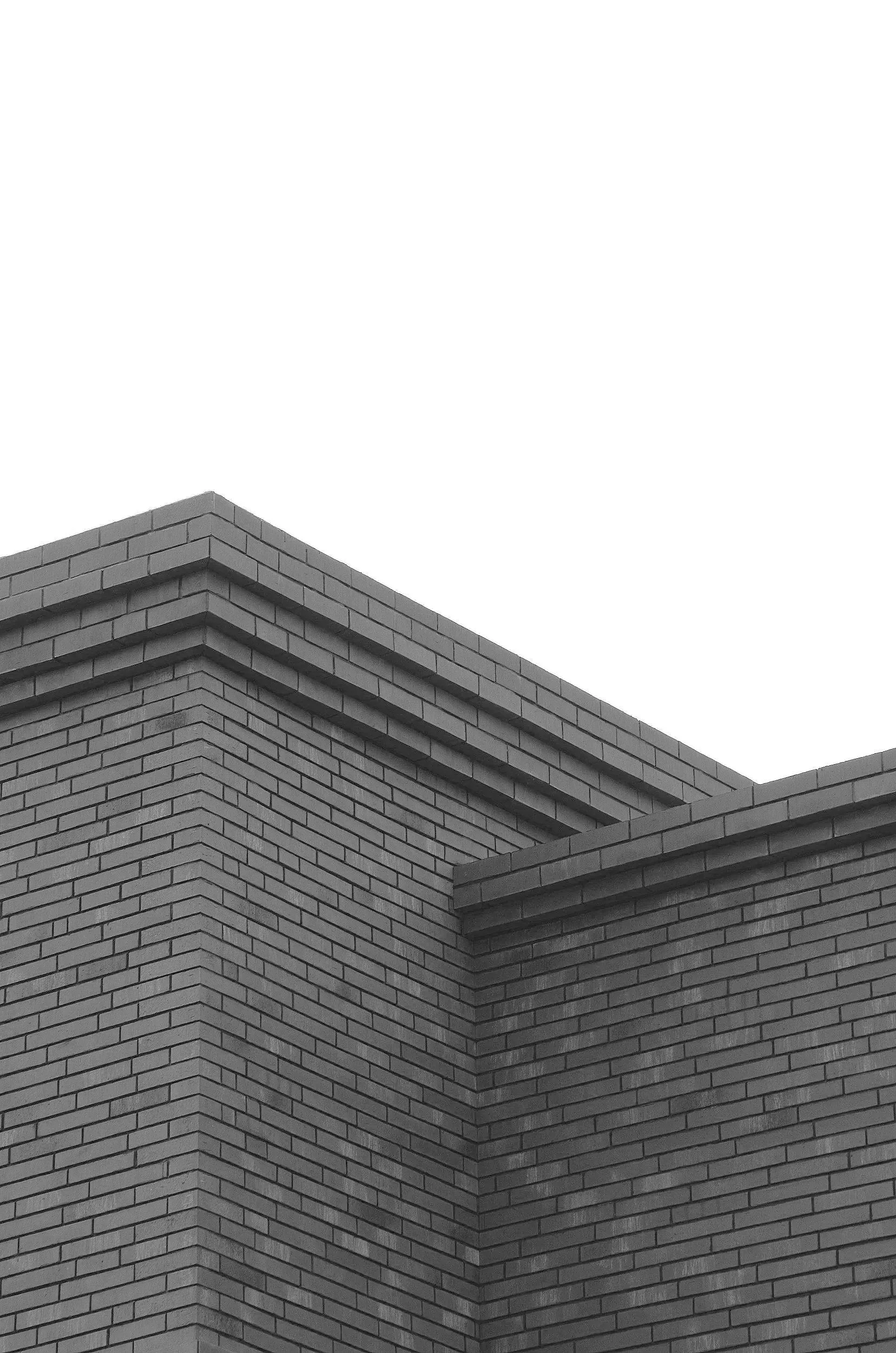
Parapet Inspections
What are Parapet Inspection Services?
Parapet Inspection Services involve the professional assessment of parapet walls, which are the uppermost sections of building facades extending above the roofline. These inspections ensure the structural integrity, safety, and compliance of parapets, particularly in urban areas where they pose potential risks to pedestrians and property if they deteriorate or become unstable.
As of January 1, 2024, New York City mandates annual parapet inspections for all buildings with parapets visible from the public right-of-way, regardless of height. This requirement applies to buildings of all heights, including commercial, residential, and mixed-use structures.
Exemptions to this requirement include detached one- or two-family homes and buildings with barriers preventing public access to the exterior wall not associated with the property. Owners must complete the parapet observation by December 31 each year, starting in 2024. This initiative enhances public safety by ensuring the structural integrity of parapets citywide.
What is Assessed in the Parapet Inspection?
Inspectors assess the structural integrity, material condition, and safety of the wall extending above a building’s roofline. This includes checking for cracks, leaning, or loose materials that could indicate instability, as well as damage to weatherproofing elements like coping stones and flashing.
The inspection ensures compliance with safety regulations, identifies potential hazards such as falling debris, and helps maintain the parapet’s longevity while protecting building occupants and pedestrians.
Inspection Scope:
Detailed examination of the parapet from accessible areas (fire escapes, rooftops, scaffolding, or lifts).
Identification of visible issues such as cracks, bulges, or signs of deterioration.
Confirmation that the parapet meets safety and structural standards.
Compliance Importance:
Prevents public safety hazards and legal/financial consequences.
Detects and addresses problems early, extending the building’s lifespan.
Demonstrates compliance with local safety regulations.
Note: Parapet inspections are in addition to Local Law 11 (FISP) facade inspections, which are required every five years for buildings over six stories.
Safety Classifications for Parapet Inspections
Safe Condition
Parapet is in good condition with no visible defects or hazards.
No immediate repairs required.
SWARMP (Safe With a Repair and Maintenance Program)
Minor issues present that could worsen if not repaired.
Repairs must be completed within the recommended timeline.
Unsafe Condition
Serious defects posing immediate danger, such as loose masonry or leaning parapets.
Requires immediate protective measures (e.g., sidewalk sheds, barriers) followed by urgent repairs.
The General Steps for Compliance with Parapet Inspections
Determine Applicability: Verify if your building is subject to Local Law 11 (more than six stories tall).
Hire a Qualified Inspector (QEWI): Licensed architect/engineer with parapet inspection expertise.
Conduct Close-Up Inspection: QEWI examines cracks, bulging, deterioration, and weatherproofing issues.
File the FISP Report: Submitted to NYC Department of Buildings (DOB) with classification (Safe, SWARMP, Unsafe).
Address Unsafe Conditions Immediately: Install temporary protective measures and perform urgent repairs.
Schedule SWARMP Repairs: Complete recommended work within DOB’s timeline.
Maintain Compliance Records: Retain reports, permits, and prepare for the next inspection cycle.
Typical Consequences for Non-Compliance
Failure to File the Inspection Report: $1,000 initial fine and $250/month until filed.
Failure to Address Unsafe Conditions: Up to $1,000/day until repairs are completed.
Inadequate Repairs or Timeline Non-Compliance: Additional fines may be imposed.
For more information on parapet inspection requirements, visit the NYC Department of Buildings (DOB).
At Post & Lintel, Our Parapet Inspection Services Include:
Visual Inspection: Cracks, bulges, loose or deteriorating materials.
Weatherproofing Assessment: Coping stones, flashing, waterproofing.
Structural Analysis: Stability and secure connections to main building.
Safety Risk Identification: Loose debris, hazardous sections.
Documentation & Reporting: Detailed notes, photographs, repair recommendations.
Additional Testing (if needed): Material strength tests, drone/thermal imaging.
If you are interested in parapet inspection services or would like a free virtual consultation, please visit our Contact Page.
For additional details on parapet inspection requirements and compliance, visit NYC DOB
